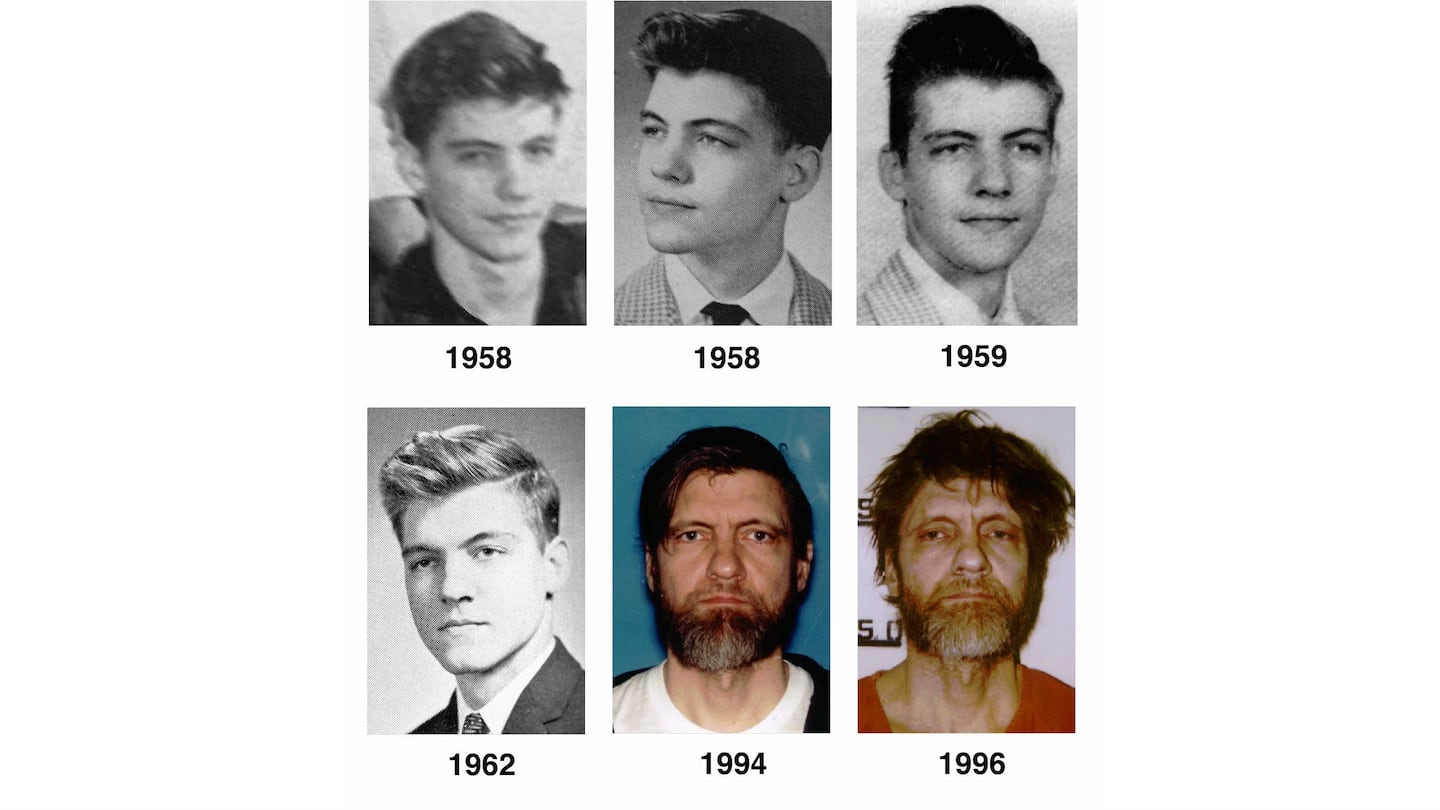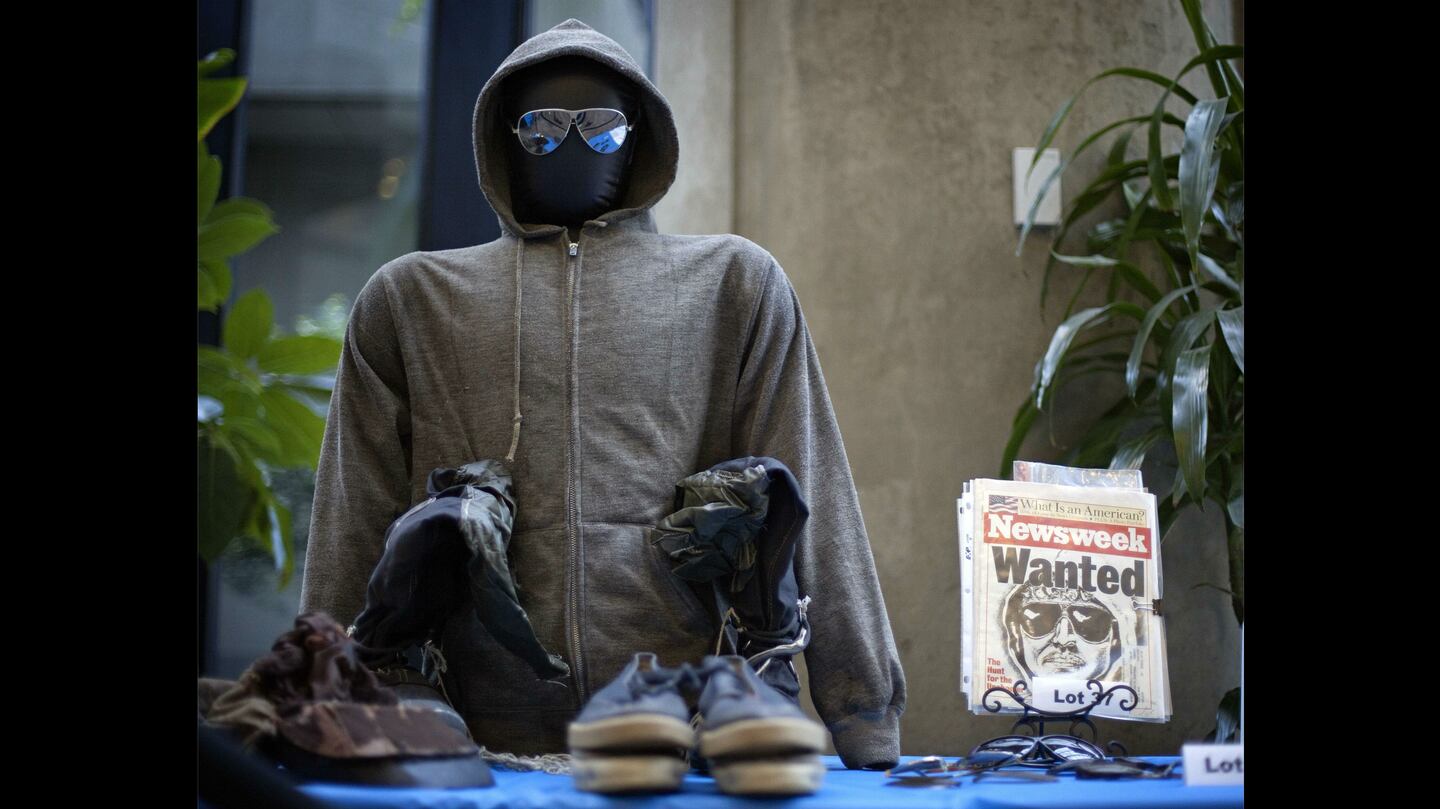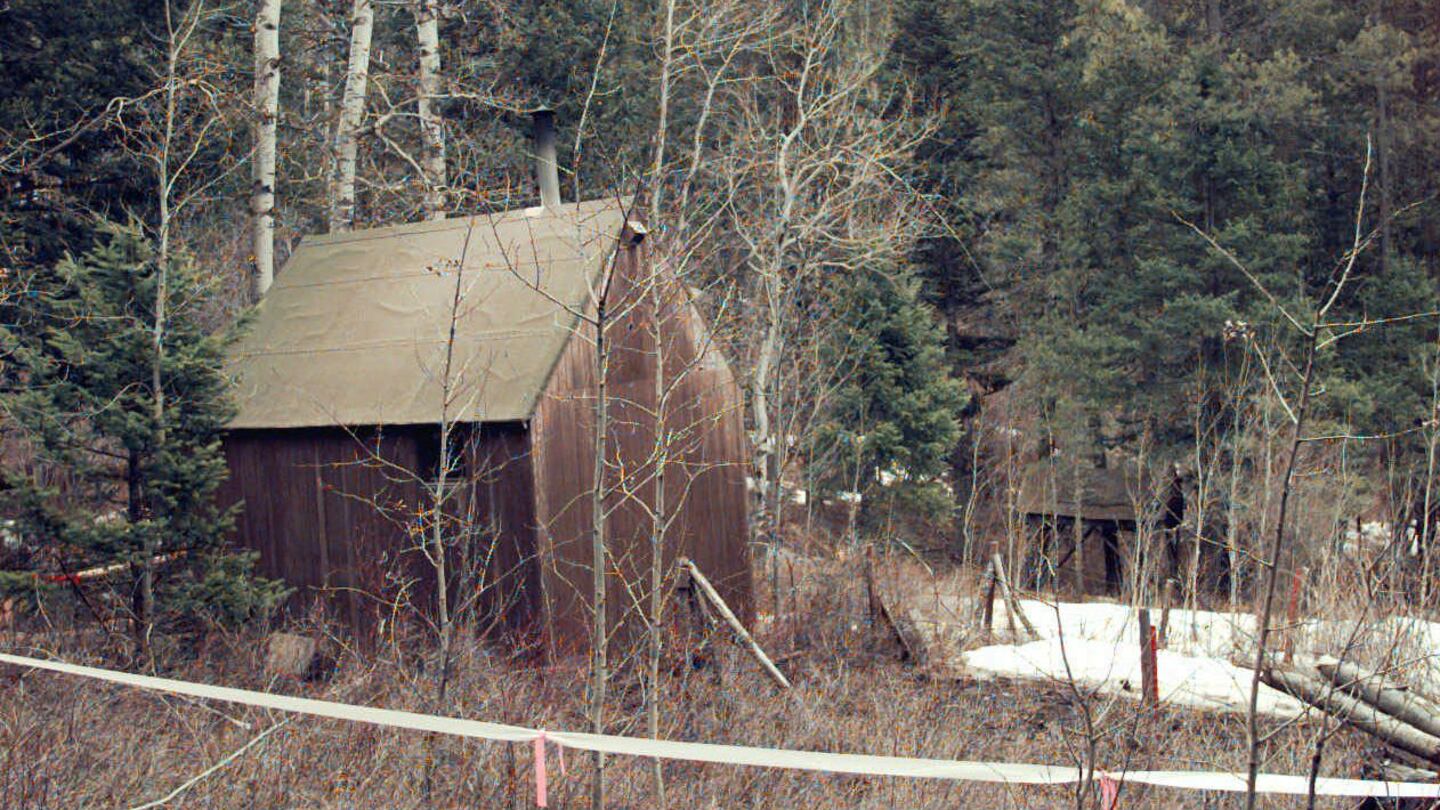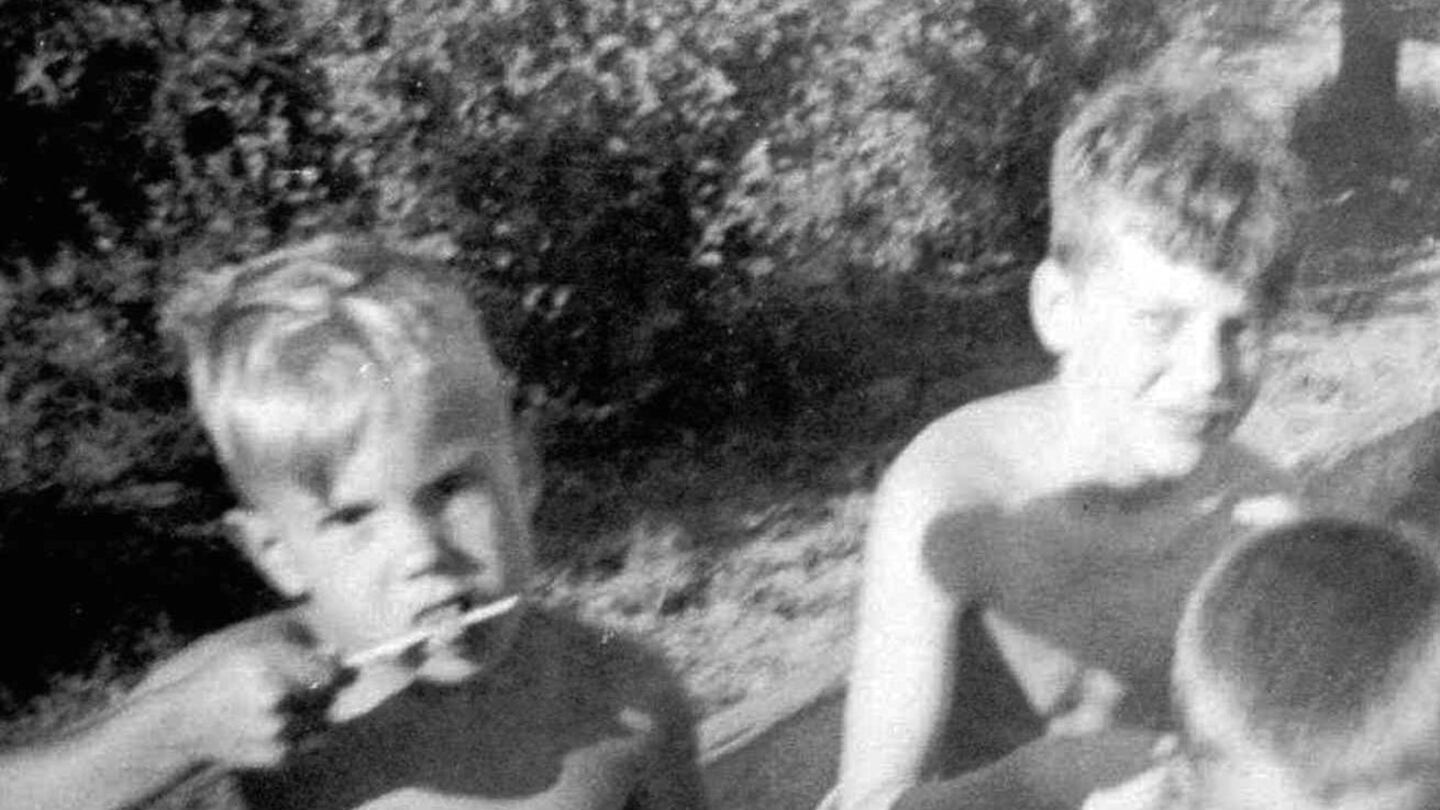With the person or people responsible for five package bombs that have exploded in or around Austin still at large, local and federal authorities are reminded of the "Unabomber" -- Theodore "Ted" Kaczynski -- a serial bomber who remained elusive for nearly 20 years until he was turned in by his own brother.
At the time, it was the longest and most expensive manhunt in FBI history.
The FBI describes Kaczynski on its website as a "twisted genius" who wanted, and nearly succeeded in becoming an untraceable bringer of death and destruction. Ultimately, he killed three people and wounded 24 others.
"How do you catch a twisted genius who aspires to be the perfect, anonymous killer -- who builds untraceable bombs and delivers them to random targets, who leaves false clues to throw off authorities, who lives like a recluse in the mountains of Montana and tells no one of his secret crimes?" the FBI website stated.
Kaczynski was indeed a genius, with an IQ of 167.
, an educational resource that provides an online crime library and operates the Natalee Holloway Resource Center, Kaczynski graduated from high school at 15 and entered Harvard University. By age 25, he had a doctorate in mathematics.
He became the youngest professor ever hired by the University of California at Berkeley, but the demands of academia were too much for his shy, reserved nature. Kaczynski returned to his native Montana in 1969 and two years later, moved into his infamous cabin in Lincoln, from which he carried out his deadly rampage.
Kaczynski first came to the attention of the FBI in 1978, when he sent his first crude bomb to Northwestern University near Chicago. Over the next 17 years, his targets included universities -- including UC Berkeley -- airlines and businesses, which he blamed for destroying the environment and over-industrializing the United States.
That's where the Unabomber moniker originated: "University and Airline Bomber," Crime Museum reported.
That first primitive bomb at Northwestern did little damage, causing only minor injuries to the police officer who -- alerted by the professor who received the suspicious package -- opened it. Like the bomber or bombers in Austin, however, Kaczynski’s package bombs became more sophisticated over time.
Related: Unabomber: TV shows, movies and books about Ted Kaczynski
He was also meticulous and -- in covering his tracks -- would plant fake evidence inside the bombs to send investigators down the wrong path. One of the only clues in the case was a police sketch, based on witness statements, of a man wearing a dark hoodie and sunglasses.
Those items, along with other personal items belonging to Kaczynski, were auctioned off in 2011, with proceeds to benefit his victims and their families. Collectors paid more than $200,000 for 58 items.
that between 1978 and 1995, when he was captured, Kaczynski arranged 16 bombings, including one that was placed in the cargo hold of an airplane.
That bomb failed to detonate.
Kaczynski's first murder came in 1985, when John Hauser opened a package mailed to his Sacramento computer store, Crime Museum said. Hauser died from injuries inflicted by shrapnel.
The Unabomber sent just one device between 1986 and 1993, at which time he restarted his spree. He killed his second victim in 1994.
Thomas Mosser was an executive for the public relations firm that represented Exxon after the Exxon Valdez spill in 1989, Crime Museum reported.
Kaczynski’s final bomb was sent a year after Mosser was killed. That bomb claimed the life of Gilbert Brent Murray, a lobbyist for the California Forestry Association.
That same year, 1995, Kaczynski mailed a manifesto titled "Industrial Society and Its Future" to the New York Times and the Washington Post, Crime Museum reported. In the document, he derided the Industrial Revolution and called for people to eschew the technology he saw taking over their lives.
Kaczynski demanded the newspapers publish the manifesto or else the carnage would continue.
The FBI was hesitant to publish the 35,000-word document, debating the merits of “giving in to terrorists,”
. Ultimately, then-FBI director Louis Freeh and then-Attorney General Janet Reno gave the go-ahead for the Times and the Post to publish the Unabomber’s words.
Read the text of Kaczynski's manifesto here.
The hope was that someone would recognize his words and his views. Their wish was granted when, among the thousands of people who called in tips, they heard from someone who knew Kaczynski better than anyone: his brother.
David Kaczynski wrote in Psychology Today in 2016 that it was initially his wife, Linda, who, after hearing descriptions of the as-yet-unpublished manifesto, suspected her brother-in-law could be the Unabomber. He was initially skeptical of her suspicions, he said.
“This was my brother she was talking about,”
. “I knew that Ted was plagued with painful emotions. I’d worried about him for years and had many unanswered questions about his estrangement from our family. But it never occurred to me that he could be capable of violence.”
The manifesto was published a month later and, reading it on a computer at the public library in Albany, New York, David Kaczynski was “immobilized” by the time he finished the first paragraph.
"The tone of the opening lines was hauntingly similar to that of Ted's letters condemning our parents, only here the indictment was vastly expanded," David Kaczynski wrote. "On the surface, the phraseology was calm and intellectual, but it barely concealed the author's rage. As much as I wanted to, I couldn't absolutely deny that it might be my brother's writing."
David and Linda Kaczynski spent two months comparing the manifesto to letters David Kaczynski had received from Ted Kaczynski over the years. Convinced there was a 50 percent chance that his brother penned the manifesto, David Kaczynski struggled with what to do.
He feared a confrontation between law enforcement and his emotionally unstable brother could end badly, he wrote. He also feared what the situation could do to their elderly mother.
He at last decided that his suspicions needed to be shared, and he went to the FBI. The Kaczynski brothers’ mother, though distraught, kissed him on the cheek when she found out.
“I know you love Ted,” she said,
. “I know you wouldn’t have done this unless you felt you had to.”
that David Kaczynski confirmed several things that federal investigators already suspected about the Unabomber: that he’d been raised in Chicago, that he had ties to UC Berkeley and that he’d lived in Salt Lake City for a while before settling in the tiny cabin the brothers built in the woods in Lincoln.
The distraught brother also provided some of Ted Kaczynski's writings, which an FBI linguistics analyst determined had been written by the author of the Unabomber's manifesto, the FBI said.
Investigators armed with a search warrant went to that cabin in the woods and arrested Ted Kaczynski. A search of his refuge turned up bomb components, one live bomb ready for the mail and about 40,000 handwritten journal pages.
His journal described the Unabomber crimes and included details of bomb-making experiments, the FBI said.
Kaczynski was indicted in April 1996 with three counts of murder and 10 counts of activity relating to creating and mailing the bombs. Crime Museum reported that his lawyers tried to get him to use an insanity defense to avoid the death penalty.
Kaczynski refused. Instead, he pleaded guilty to the charges in January 1998 and was sentenced to life in prison without parole.
He now resides at the Florence Supermax federal prison in Colorado, which also houses fellow serial bomber Eric Rudolph. Rudolph bombed the 1996 Summer Olympics in Atlanta, as well as a lesbian nightclub there and two abortion clinics in Atlanta and Birmingham, Alabama.
Three people were killed and more than 100 injured in Rudolph’s rampage.
Cox Media Group










